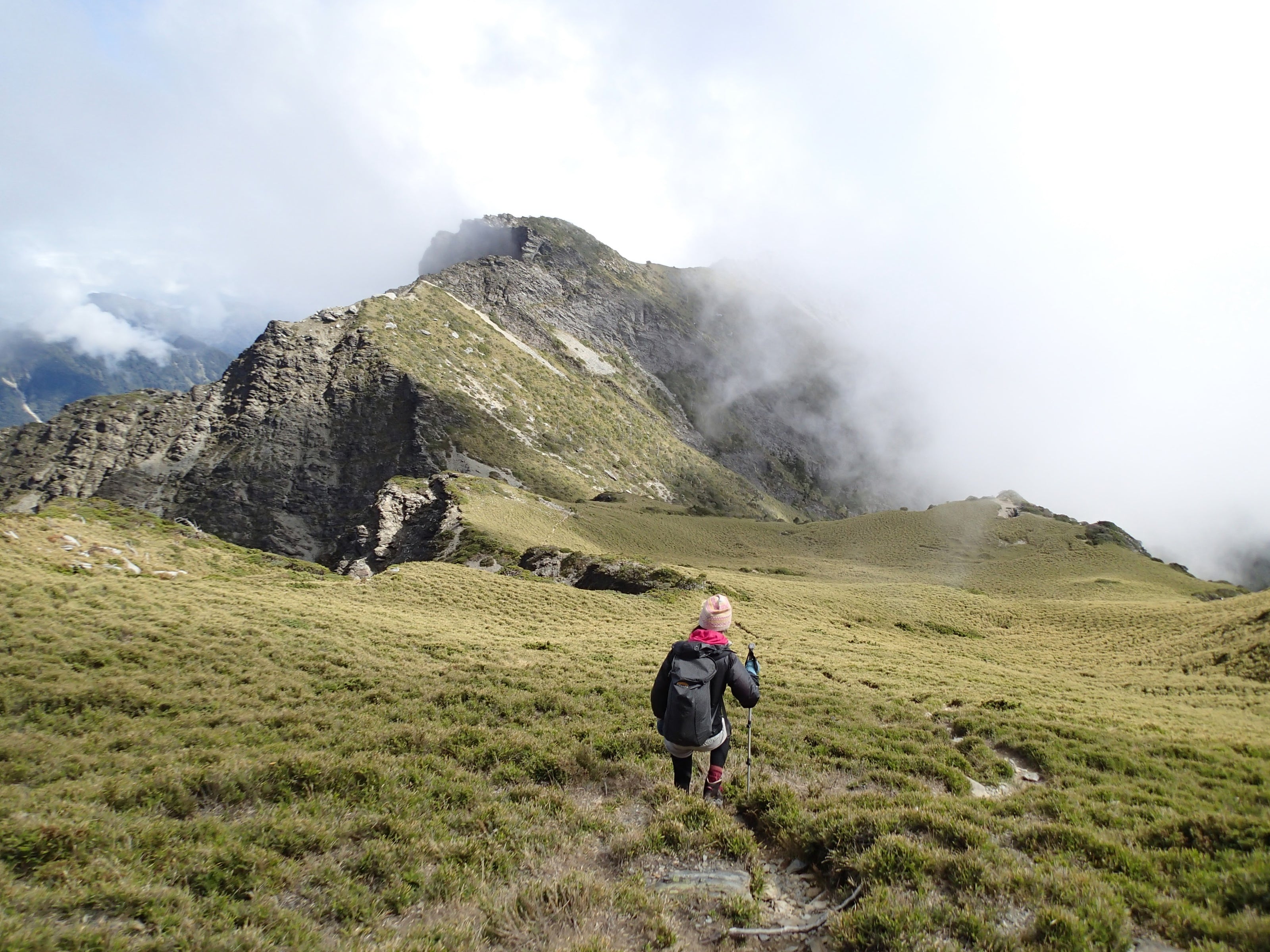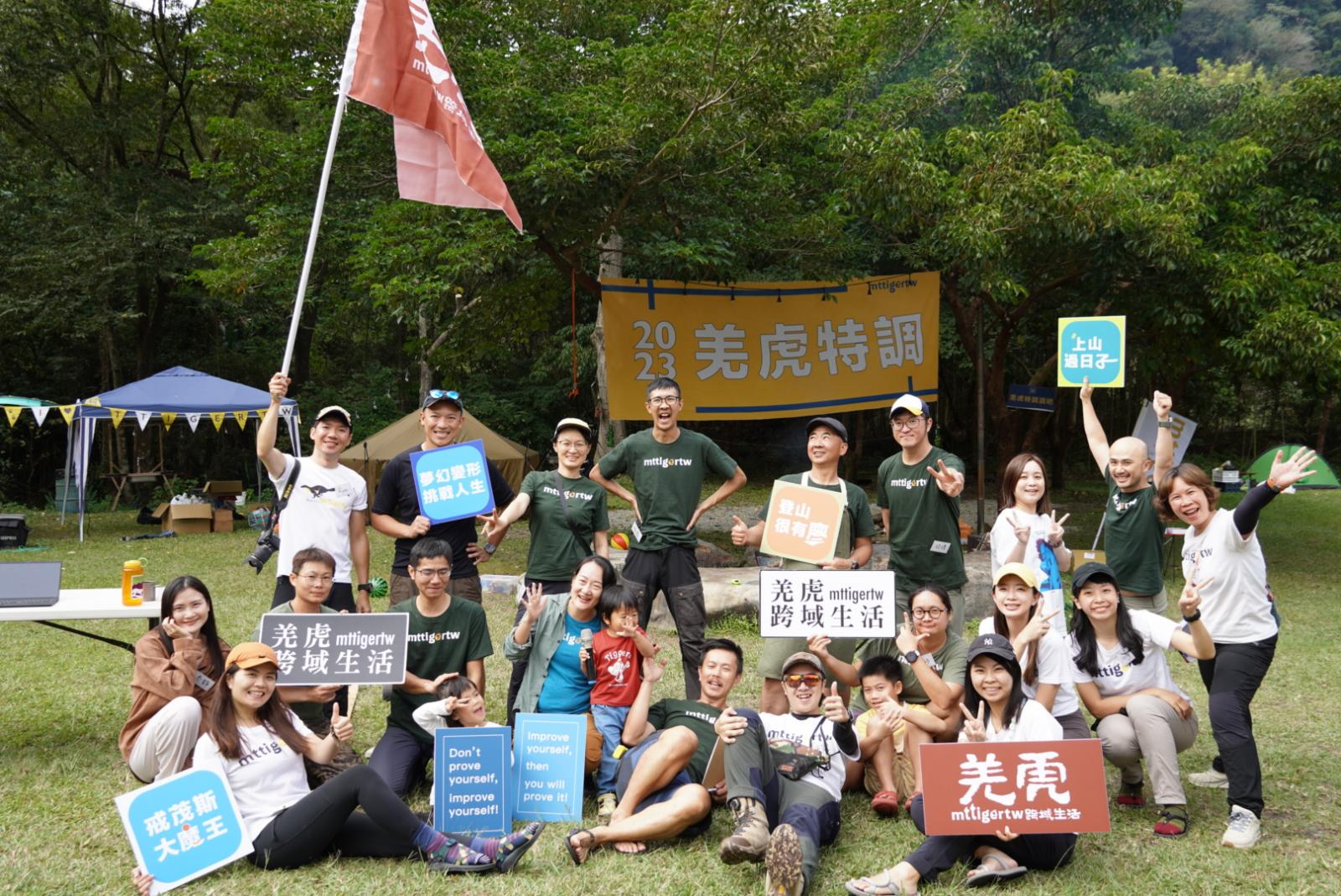Recommended tips for mountaineering breaks: Master these tips to help you go further and more easily!
During mountaineering, proper rest is crucial for physical recovery and a smooth trip. Resting for too long may cause the body to become cold, and rewarming will consume more energy, so it is very important to master the correct rest method and time control. The tips and suggestions for mountaineering rest are summarized below for your reference.

purpose of rest
Rest is for walking a longer distance, especially during mountaineering activities. Proper rest can effectively restore physical strength. Establishing a basic concept of rest is a must for every climber. In a good mountaineering team, the leader shoulders the important responsibility of controlling the time and place of rest.
What should you do during your break?
- Relax your shoulders : When taking a break, remove your backpack and allow your shoulders to relax.
- Stretch your legs : Sit down and let your legs stretch to relieve muscle tightness.
- Replenish water and energy : drink water and eat some action food.
- Massage : When your muscles are sore, you can use your elbows to massage the muscles at both ends of your thighs to help restore your energy.
- Relax : It’s normal to rest. Don’t be afraid to express your tiredness.

What time is the break?
- Time interval : It is generally recommended to take a 10-minute break every 50 minutes of walking.
- Find a resting spot in advance : Start looking for a suitable resting spot three minutes before your break.
Where is a good place to rest?
- Safe place : Avoid dangerous terrain and find a safe place.
- Wind-sheltered place : Try to choose a wind-sheltered place to prevent hypothermia, especially when you are sweating to avoid cold wind.
Controlling rest time
- Make clear the rest time : When the team sets off, they should agree on the time and place of the next rest.
- Reminder to end the break : In the last two minutes of each break, remind players to prepare to put on their shoulder bags, so that they can adjust their physical strength efficiently.
- Avoid procrastination : Rest time tends to pass quickly, so avoid procrastinating the trip by chatting for too long. Especially when climbing in winter, the daylight hours are short, so special attention must be paid to the control of the itinerary.
Rest time flexibility
- Adjustments based on physical fitness : When someone in the team is in poor physical condition during mountaineering, the traveling time can be appropriately shortened and the resting time extended, for example, 10 minutes of resting for every 40 minutes of walking.
- Big break : Take a big break every three hours, lasting about 20 minutes.

Adjust pace and rest
- Uphill : Going uphill consumes physical energy and requires a lot of oxygen. Breathing should be deep and steady, and the pace should be matched.
- Downhill : The downhill speed should be rhythmic and should not be too slow to maintain the warm-up state.
Little reminder
- Long-day longitudinal walking itinerary : Rest time needs to be adjusted according to physical fitness and road conditions. Generally, the principle is to start as early as possible, arrive at the camp before dark, and eat when you encounter water.
- Cherish water sources : During mountaineering, you must know how to cherish water sources and avoid washing dishes or bodies in water source areas to protect the environment.
In short, mastering the correct rest techniques and timing when mountaineering can not only effectively restore physical strength, but also ensure the smooth progress of the trip. Establishing a good concept of rest and mutual cooperation in the team are basic qualities that every climber should possess.





